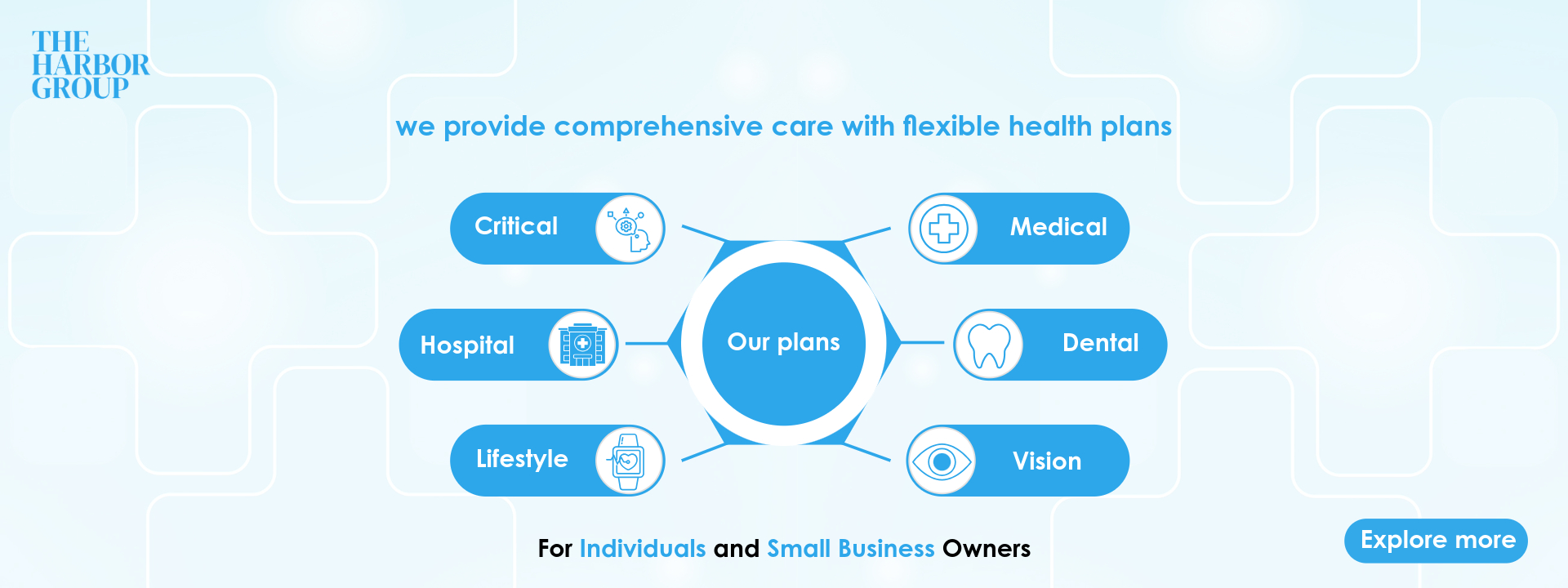Unlocking the Power of Health and Wellness Your Guide to a Happier Healthier Life

In today’s fast-paced and demanding world, prioritizing health and wellness is more important than ever. Our hectic schedules and constant connectivity often lead to neglecting our well-being, resulting in physical, mental, and social imbalances. Health and wellness encompass more than just the absence of illness; they involve a holistic approach to achieving and maintaining a balanced state of overall well-being. This comprehensive guide will delve into the vital components of health and wellness, exploring the interconnectedness of physical, mental, and social health. We’ll also provide practical tips and strategies to help you integrate health and wellness into your daily routine, ensuring a happier and healthier life.
Understanding Health and Wellness
Definition and Importance
Health and wellness are interconnected concepts that encompass physical, mental, and social well-being. While health focuses on the absence of illness, wellness is about maintaining balance and fulfilling our potential.
The Connection Between Health and Wellness
Health and wellness are not just about diet and exercise; they involve a holistic approach that includes mental and social aspects. Understanding this connection can help you make informed choices that positively impact your overall well-being.
Key Components of Health and Wellness

Physical Health
- Importance of Exercise: Regular physical activity boosts your immune system, improves mood, and enhances overall health. Activities such as walking, running, swimming, and yoga can be easily incorporated into your daily routine. Aim for at least 150 minutes of moderate aerobic activity or 75 minutes of vigorous activity each week.
- Nutrition and Healthy Eating: A balanced diet provides essential nutrients, supporting bodily functions and promoting longevity. Focus on a variety of fruits, vegetables, whole grains, and lean proteins. Limit processed foods, sugary drinks, and excessive salt intake. Hydration is also crucial, so drink plenty of water throughout the day.
Mental Health
- Stress Management Techniques: Practices like meditation, deep breathing, and yoga can help reduce stress levels. Additionally, engaging in hobbies, spending time in nature, and practicing gratitude can improve mental health. Consider professional help if stress becomes overwhelming.
- The Role of Sleep: Quality sleep is crucial for mental clarity, emotional stability, and overall health. Adults should aim for 7-9 hours of sleep per night. Create a relaxing bedtime routine, keep your bedroom cool and dark, and avoid screens before bedtime to improve sleep quality.
Social Health
- Building Strong Relationships: Healthy relationships provide support, reduce stress, and increase happiness. Make time for family and friends, communicate openly, and resolve conflicts constructively. Social interactions can boost your sense of belonging and emotional well-being.
- Community Involvement: Engaging with your community fosters a sense of belonging and purpose. Volunteer for local organizations, participate in community events, and support local businesses. Community involvement can enhance your social network and provide a sense of fulfillment.
Creating a Health and Wellness Plan
Setting Realistic Goals
Identify achievable goals that align with your lifestyle and aspirations. Start small and gradually increase your goals. For example, if you want to start exercising, begin with a 10-minute walk and gradually increase the duration and intensity.
Developing Healthy Habits
Incorporate small, consistent changes to your daily routine that promote health and wellness. Habits such as drinking a glass of water in the morning, taking regular breaks during work, and practicing mindfulness can significantly impact your well-being.
Tracking Progress
Use tools and apps to monitor your progress and stay motivated. Apps like MyFitnessPal, Headspace, and Fitbit can help you track your diet, exercise, and mental health activities. Keeping a journal can also be a great way to reflect on your progress and stay accountable.
Health and Wellness Tips for Busy Individuals
Quick Workouts
Incorporate short, effective exercises into your day, such as a 10-minute morning routine or desk exercises. High-intensity interval training (HIIT) and bodyweight exercises like squats, lunges, and push-ups can be done in a short time and require no equipment.
Meal Prep Ideas
Prepare healthy meals in advance to save time and ensure nutritious eating. Batch-cook meals on weekends and store them in portioned containers. Simple and nutritious options include salads, stir-fries, and overnight oats. Incorporate a variety of colors and textures to make meals enjoyable.
Mindfulness Practices
Practice mindfulness techniques to stay present and reduce anxiety. Techniques like deep breathing, progressive muscle relaxation, and guided imagery can help manage stress. Apps like Calm and Insight Timer offer guided meditations and mindfulness exercises.
Incorporating Health and Wellness at Work
Creating a Healthy Workspace
Ensure your workspace is ergonomic and promotes physical and mental well-being. Use an adjustable chair, maintain good posture, and take regular breaks to stretch and move. Personalize your workspace with items that make you happy and reduce clutter to minimize stress.
Promoting Wellness Programs
Encourage participation in workplace wellness programs that support employees’ health. Programs can include fitness challenges, mental health workshops, and healthy eating initiatives. Employers can also provide resources like standing desks, gym memberships, and access to mental health services.
The Future of Health and Wellness
Emerging Trends
Explore trends like telehealth, wearable technology, and personalized wellness plans. Innovations such as virtual fitness classes, AI-driven health advice, and genetic testing for personalized nutrition are becoming more accessible. Staying informed about these trends can help you make the most of new opportunities.
The Role of Technology
Technology plays a crucial role in tracking health metrics and providing access to wellness resources. Wearable devices like smartwatches and fitness trackers can monitor physical activity, sleep patterns, and heart rate. Telehealth services allow for convenient access to healthcare professionals, and wellness apps offer guided workouts, meditation sessions, and nutritional advice.
Prioritizing health and wellness is not just a trend; it is a necessity for a fulfilling and balanced life. By understanding and embracing the key components of health and wellness—physical, mental, and social—you can create a comprehensive plan that enhances your overall well-being. Small, consistent changes can lead to significant improvements in your quality of life. Whether it’s incorporating quick workouts into your busy schedule, preparing nutritious meals in advance, or practicing mindfulness, every step counts. Remember, your journey to better health and wellness is a continuous process. By making informed choices and staying committed, you can unlock the full potential of a happier, healthier life.
Publish on: July 25, 2024

